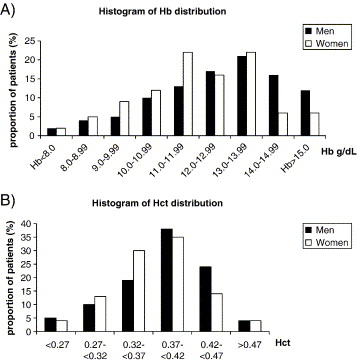pmcg76 said:
You dont have to believe it but it is clear that you were not following cycling around that time.
No, I probably wan't following. Happy to admit that. Not embarassed either. Kinda missing the point. Although I will admit - yes ok, the riders did ask for it. I got that wrong. From a logic point of view it even more strongly makes me wonder, WTF?
The very article you just cited would reinforce the very point I am trying to make:
take personal responsibility for your actions.
Seriously?
You get all uppity at me because I don't know the exact date and time of when cyclists asked
someone else to stop them from doping? Or measure their Hct? Or do blood tests?
How is who or when they did it even relevant?
They are holding the UCI responsible for their actions. They are adults. They should act like them.
Hein called it a health test. Maybe the Italians agreed. Maybe they had something else. Maybe the test allows more corruption, more "policing" via currency. But to whinge that it was no good - which is what we are discussing - is ludicrous.
Here's what I am really weirded out about: Robert Millar, and what he says:
"What the UCI have done during the EPO era has been far from enough, they have let down a generation of fans, riders, sponsors and supporters. They and the people behind the 50% farce have been lucky that there weren't deaths."
1. There were EPO deaths pre-50% "farce"
2. The deaths post-50% "farce" were more to do with blood doping, not EPO per se (see upthread)
So it was the UCI, and "the people behind it" were the Italians. And it was a farce. Really? What's farcical about it? Are the UCI expected to develop blood tests to detect EPO as well?
Please explain how it's a farce.
Please explain how the UCI let anyone down by introducing the 50% Hct rule.
Please explain why people who are dying from injecting themselves with something need someone
else to introduce rules and blood tests to stop them from doing it.
Please explain just what it is UCI were meant to do more? Does Robert Millar suggest anything? Or just kick the dead lion?
I don't know Robert MIllar from a bar of soap. So far it's all glitter and unicorns coz he was there and never doped. But I look at what he's writing and it makes no sense to me. I'd like someone to edumacate me on this one 50% rule point, please.
Anyone?







